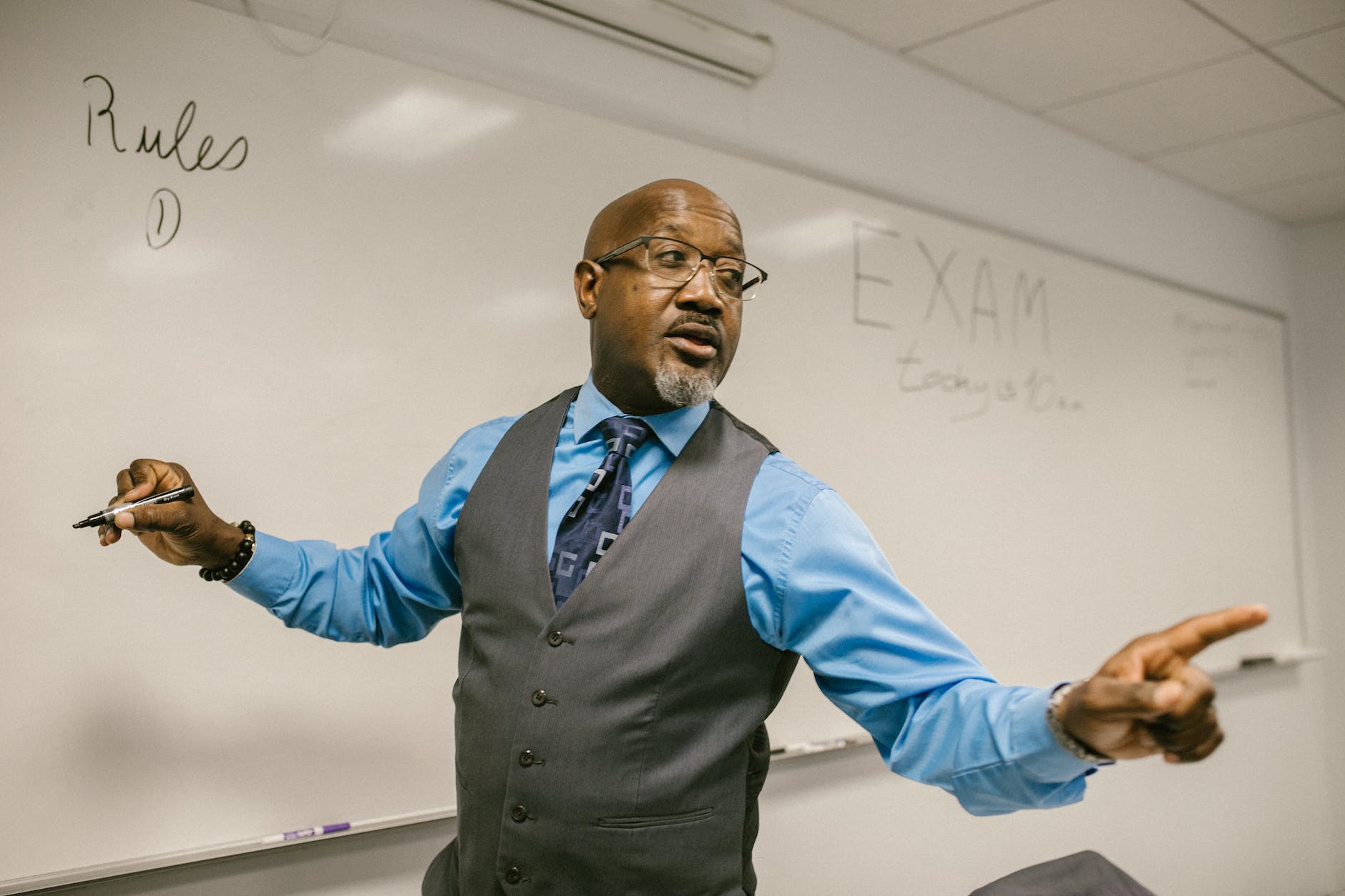
Safety Quiz: Enhancing Safety Awareness and Knowledge
Introduction to Safety Quiz
Safety is paramount in all aspects of life, from workplaces and schools to everyday activities. To ensure a safe environment, individuals need to be equipped with the necessary knowledge and awareness. This is where safety quizzes play a vital role. Safety quizzes are interactive assessments that challenge individuals’ understanding of safety practices, protocols, and potential hazards.
The Importance of Safety Quizzes
Safety quizzes serve as valuable tools to gauge people’s knowledge and awareness of safety measures. They also encourage individuals to actively engage with safety information, making the learning process more enjoyable and effective. By identifying knowledge gaps and areas of improvement, safety quizzes contribute significantly to accident prevention and risk reduction.
Creating an Engaging Safety Quiz
Defining the Objectives
Before creating a safety quiz, it is crucial to define the objectives clearly. Whether it’s reinforcing specific safety guidelines or educating about emergency procedures, having well-defined goals will ensure the quiz remains focused and effective.
Selecting the Topics
The choice of topics for a safety quiz should be relevant to the target audience. For instance, workplace safety quizzes may include topics like fire safety, ergonomic practices, and first aid. Tailoring the quiz to the audience’s needs enhances its impact.
Crafting Questions and Answer Choices
Safety quiz questions should be clear, concise, and relevant. Each question should have multiple answer choices, including both correct options and plausible distractors. This format challenges participants and encourages critical thinking.
Incorporating Visuals and Multimedia
To enhance engagement, safety quizzes can be enriched with visuals, images, and even videos. Visual aids not only make the quiz more interesting but also help reinforce key safety messages effectively.
Promoting Safety Through Quizzes
In Educational Institutions
Educational institutions, from elementary schools to universities, can integrate safety quizzes into their curriculum. This approach instills a safety-conscious mindset in students from a young age, creating a safer learning environment.
In the Workplace
Workplaces can implement safety quizzes as part of their training programs. Regular safety assessments ensure that employees stay informed about best practices, reducing the likelihood of accidents and injuries.
In Online Safety Campaigns
Online safety campaigns can reach a wide audience and have a lasting impact. Safety quizzes shared through social media or websites can spread safety awareness and encourage participation from users globally.
Measuring Effectiveness of Safety Quizzes
Analyzing Quiz Results
To assess the effectiveness of a safety quiz, it’s essential to analyze the quiz results. Data on participant performance provides valuable insights into the areas where individuals excel and areas where improvement is needed.
Gathering Feedback
Feedback from participants allows organizers to understand how the quiz was received and identify areas for improvement. This feedback-driven approach ensures that future quizzes are even more engaging and effective.
Making Improvements
Based on the analysis and feedback, adjustments can be made to the quiz content and format. Continuous improvement ensures that safety quizzes remain relevant and impactful over time.
Safety Quiz Best Practices
Ensuring Accessibility
Safety quizzes should be accessible to all individuals, including those with disabilities. Providing options for various learning styles and abilities ensures inclusivity.
Mobile Compatibility
In today’s mobile-centric world, optimizing safety quizzes for mobile devices allows individuals to participate anytime, anywhere, increasing engagement.
Balancing Challenge and Simplicity
Safety quizzes should strike a balance between being challenging enough to stimulate learning and simple enough to avoid frustration. A well-paced quiz keeps participants motivated.
How Safety Quizzes Enhance Safety Culture
Increasing Awareness
Safety quizzes bring attention to potential hazards and safety measures, heightening overall safety awareness.
Reinforcing Safety Knowledge
Regular participation in safety quizzes reinforces safety information, making it more likely to be remembered and applied in real-life situations.
Fostering Responsibility
Engaging with safety quizzes fosters a sense of responsibility, encouraging individuals to take safety seriously and promote it among peers.
Real-Life Examples of Successful Safety Quizzes
Case Study 1: XYZ Corporation
XYZ Corporation implemented safety quizzes in their employee training program, resulting in a significant reduction in workplace accidents over six months.
Case Study 2: ABC School District
ABC School District incorporated safety quizzes into their health education curriculum, leading to improved safety practices among students and staff.
Case Study 3: Safety Non-Profit Organization
A safety non-profit organization launched an online safety quiz, which went viral, reaching millions of participants worldwide and creating a global safety conversation.
The Future of Safety Quizzes
Integration of AI and Machine Learning
Advancements in AI and machine learning will enable personalized safety quizzes that adapt to each participant’s knowledge level and learning pace.
Virtual Reality Safety Quizzes
Virtual reality safety quizzes offer realistic scenarios, allowing participants to practice safety protocols in immersive environments.
Gamification for Enhanced Engagement
Gamification elements, such as leaderboards and rewards, will continue to enhance engagement and motivation for safety quizzes.
Conclusion
Safety quizzes serve as valuable tools to promote safety awareness and knowledge in various settings. By leveraging interactive and engaging formats, safety quizzes have the potential to make a significant impact on accident prevention and safety culture. Implementing safety quizzes in educational institutions, workplaces, and online campaigns can create a safer world for everyone.
FAQs
- Are safety quizzes suitable for all age groups? Safety quizzes can be tailored to suit different age groups and educational levels, ensuring they remain effective and engaging.
- How often should workplaces conduct safety quizzes? The frequency of safety quizzes in workplaces depends on the nature of the job and the specific safety concerns. Regular quizzes can be conducted quarterly or as part of ongoing training programs.
- Can safety quizzes be used for community safety initiatives? Absolutely! Safety quizzes shared through community events or online platforms can raise safety awareness and encourage participation from a broader audience.
- Do safety quizzes replace traditional safety training programs? Safety quizzes complement traditional training programs and provide an interactive way to reinforce safety knowledge regularly.
- What makes a safety quiz successful?
Several factors contribute to the success of a safety quiz:
a) Relevance: A successful safety quiz addresses the specific safety concerns and objectives it aims to achieve. It should focus on real-life scenarios and challenges that participants may encounter.
b) Engagement: The quiz should be designed to captivate participants’ attention and maintain their interest throughout. Interactive elements, such as scenarios and multimedia, keep participants engaged.
c) Accuracy: The quiz questions and answers should be accurate and up-to-date. Providing correct information ensures that participants learn the right safety practices.
d) Clear Instructions: Concise and easy-to-understand instructions are essential for participants to navigate the quiz smoothly.
e) Variety: Including a variety of question formats, such as multiple-choice, true/false, and open-ended questions, adds diversity to the quiz, making it more interesting.
f) Feedback and Explanations: After completing the quiz, participants should receive feedback and explanations for the correct answers. This helps reinforce learning and correct misconceptions.
g) User-Friendly Interface: A user-friendly interface allows participants to navigate the quiz effortlessly, ensuring a seamless experience.
h) Shareability: Safety quizzes that can be easily shared on social media or through emails encourage participation and spread safety awareness.
i) Impact Measurement: The ability to measure the quiz’s impact and track improvements over time makes it easier to assess its effectiveness.
j) Continuous Improvement: Regularly updating and improving the quiz based on user feedback and changing safety standards ensures its relevance and effectiveness in the long run.
By incorporating these elements, a safety quiz can become a powerful tool for promoting safety awareness, knowledge, and positive safety behaviors.

























THE POSTS ARE VERY INFORMATIVE AND EDUCATIVE